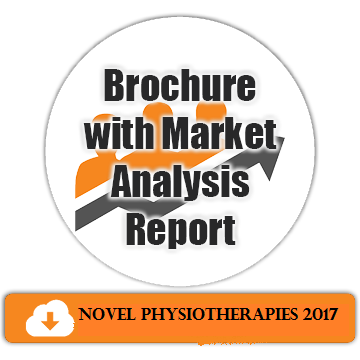
Tomasz Wolny
The Jerzy Kukuczka Academy of Physical Education in Katowice, Poland
Title: Efficacy of neurodynamic techniques in sensory disorders in the carpal tunnel syndrome - preliminary study
Biography
Biography: Tomasz Wolny
Abstract
Statement of the Problem: Carpal tunnel syndrome (CTS) is the most common compression neuropathy characterized by a number of sensory and motor disorders. The two-point discrimination sense (2PD), kinesthetic differentiation of strength (KDS) and kinesthetic differentiation of position (KDP) are often impaired in CTS patients. The purpose of this study was to compare the efficacy of neurodynamic techniques, with “sham” therapy in the treatment of sensory disorders in the mild and moderate CTS.
Methodology & Theoretical Orientation: The study included 39 CTS patients (the average age 53.2; SD=11.5) who were randomly assigned to the NT group (neurodynamic techniques) or to the CG group (“sham” neurodynamic techniques). The CTS diagnosis was made on the basis of nerve conduction studies and clinical examinations. 2PD (fingers 1-3), KDS (pincer and cylindrical grip), KDP (flexion and extension movement in the radiocarpal articulation) were assessed pre- and post-treatment. Therapy was conducted twice weekly and both groups received 10 therapy sessions. In the statistical analysis, the ANOVA model was used, supplemented with a post hoc test (p level 0.05).
Findings: A baseline assessment revealed no group differences in 2PD, KDS, KDP (in all cases p>0.05). After therapy, 2PD in the symptomatic limbs in the NT group significantly improved (p<0.001; 34%) but there were no significant changes in the CG group (p>0.05; 2%). In the NT group after therapy, KDS significantly improved (pincer p<0.001; 24%, cylindrical p<0.001; 27%) but there were no significant changes in the CG group (pincer, cylindrical p>0.05; 1%). In both groups, there were no significant changes in KDP after therapy (NT - flection p>0.05; 4%, extension p>0.05; 6%, CG - flection p>0.05; 1%, extension p>0.05; 1%)
Conclusion & Significance: Neurodynamic techniques had a positive effect on 2PD and KDP as compared to the “sham” therapy in mild and moderate CTS patients. There were no changes in KDP. Neurodynamic techniques are effective in treating sensory disorders in the CTS.

